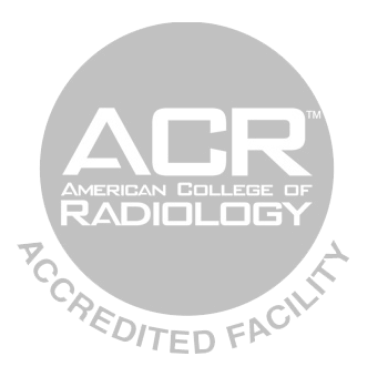Live Free from the Symptoms
of Uterine Fibroids
Uterine Fibroid Embolization is a minimally invasive treatment for treating pelvic pain caused by fibroids. As well as a shorter recovery time it is also safer than traditional surgery or Hysterectomy. We use a targeted treatment approach by shrinking fibroids to manageable sizes which in turn can eliminate your symptoms.
Uterine Fibroid Embolization (UFE)
Comprehensive Evaluation And Personalized Treatment Plan For Uterine Fibroids
Unlike a Hysterectomy, Uterine Fibroid Embolization does not remove your uterus, and is not major surgery. Because it is a minimally invasive procedure, recovery time is much quicker.
Uterine Fibroids and their symptoms
- Heavy prolonged menstrual periods
- Anemia
- Pain or pressure between the hip bones or in the back of the legs
- Pain during sexual intercourse
- Urinary Frequency
- Constipation or bloating
- An enlarged belly
- Have symptomatic fibroids
- Want to keep their uterus
- Do not want surgery
- Want a faster recovery time
- May not be a good candidate for surgery
Key Advantages
UFE is a safe treatment option and like other minimally invasive procedures has significant advantages over conventional open surgery. That’s why 90% of all women were “satisfied” or “very satisfied” at final follow-up after being treated.
- Preservation of the uterus
- Decrease in heavy menstrual bleeding from symptomatic fibroids
- Decrease in urinary dysfunction
- Decrease in pelvic pain and/or pressure
- Virtually no blood loss
- Typically performed as an outpatient procedure
- Offers a shorter clinic stay and a faster return to work than a hysterectomy
- Is a safe procedure that involves minimal risk and fewer complications after 30 days, when compared to having a hysterectomy
- Overall, significant improvement in patient’s physical and emotional well-being
- Covered by most insurance companies
Hear from our Patients
Our experts are specifically trained to assess a diverse range of medical conditions, ensuring a detailed discussion on the most effective diagnostic procedures and optimal treatment plans.
This approach provides our patients with a comprehensive understanding of their health situation and the best pathways to recovery.

Benjamin Thompson
My experience with Dr. Couvillon and his team was very positive. I was nervous and apprehensive about my UFE procedure but Dr. Couvillon and his entire team have the medical knowledge and people skills that put my uneasiness to rest quickly. I would recommend this practice to my friends and family. I’m grateful for such a positive medical experience with this facility.

Sophia Anderson
Dr. Couvillon is a genius. He found the reason for my pain and after the procedure, I was 100% better. I can eat again. The tech was thorough and I felt confident in the results. She is the best. I am thankful that I was able to connect with Winchester Radiologists. Courtney, thank you for scheduling me so quickly. Dr. Fox, thank you for your amazing kindness and persistence in scheduling my procedure.

Emily Parker
Dr. Jahed is a wonderful physician. I was seen by him for pain in my thumb caused by internal swelling around the connection to the hand. He explained what was causing my pain and the best treatment. He gave me my second injection today, my first one was about 5months ago. When he gives the injection, it is not painful at all. He listens and explains things very well. I recommend Dr. Jahed highly – a wonderful physician.

Noah Lewis
I found the receptionist to be friendly and courteous, a very clean space, was taken back within 5 minutes of arrival, staff was very friendly and courteous, the Dr was very thorough and answered our questions.
I give it 5 stars!





